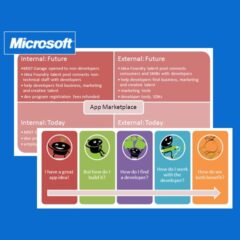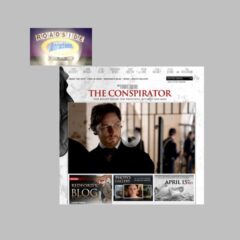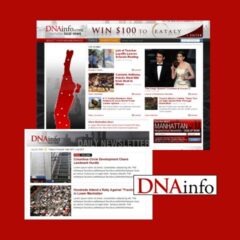May21
According to Pew Research, The State of the News Media 2012, “44% of adults own a smartphone, and the number of tablet owners grew by about 50% since the summer of 2011, to 18% of Americans over age 18.” While the news forums all but crackle with journalists claiming that the newspaper isn’t dead, I’m sure we can agree that the tablet is the best medium, if not the likely future, of news. So it’s certainly time to discuss the design elements of a good tablet news app. In order to do so, we need to first look at what are still today’s most popular devices for news: newspapers and magazines. Yes, these are devices. They are made of paper, but they are still machines for discovering information. And they still define how we think about news. I can’t resist looking at them from an information architecture standpoint. They have: a user interface designed to support search, discovery, navigation, and browsing; a controlled vocabulary (universally recognized labels and signposts); standard organizing principles (or schema, in the world of cognitive psychology). What are these organizing principles? I could write a very long article about this, but basically, in plain terms, newspapers...
May01
I spend a fair amount of time in forums discussing news, both newspapers and digital news. I am struck by how often someone will chime in with “My grandmother won’t read news online” or “I don’t own a smartphone” or “I like paper coupons” as if those lone opinions somehow underscore a business case for favoring print. Now don’t get me wrong, it is true that there is a demographic associated with every one of those statements. But alone, one person’s opinion is not in itself proof of a trend, a market size, or even a powerful and resilient demographic. Too often an editor or publisher makes business decisions based on their own personal world view, or based on the views and experiences of the newspaper people with whom they associate. This is a mistake that can kill an industry. I came to the newspaper industry by way of the information design and user experience world, serving for over a decade as an information architect (or IA in Silicon Valley parlance). Information architecture is defined by Richard Saul Wurman as “the structure or map of information which allows others to find their personal paths to knowledge.” While a trained...
Apr23
Some publishers, including thought leaders like John Paton, have cited the potential of using Open Source software to develop low-cost digital newsrooms. In the blog of the Journal Register’s Ben Franklin Project, they write: “we will be using only free web-based tools” and they then deliver a catalogue of such tools. T. S. Eliot, when speaking of the “Free Verse” movement, wrote “No verse is free for the man who wants to do a good job.” In Silicon Valley there has long been a similar saying that “Free Software is never really free.” The issue at hand is what business and finance folks call TCO: Total Cost of Ownership. TCO is the measure of the true cost of a system, including acquisition, customization, support, maintenance, training, and several other cost factors. Open Source software is also known as Free Software, as in the Free Software Foundation, the non-profit body that supports the Open Source movement and who wrote the most common Open Source license, the General Public License or GPL. But “free” refers to the freedom to use and distribute the software; it does not actually refer to price. “The word free in the term free software refers to...










